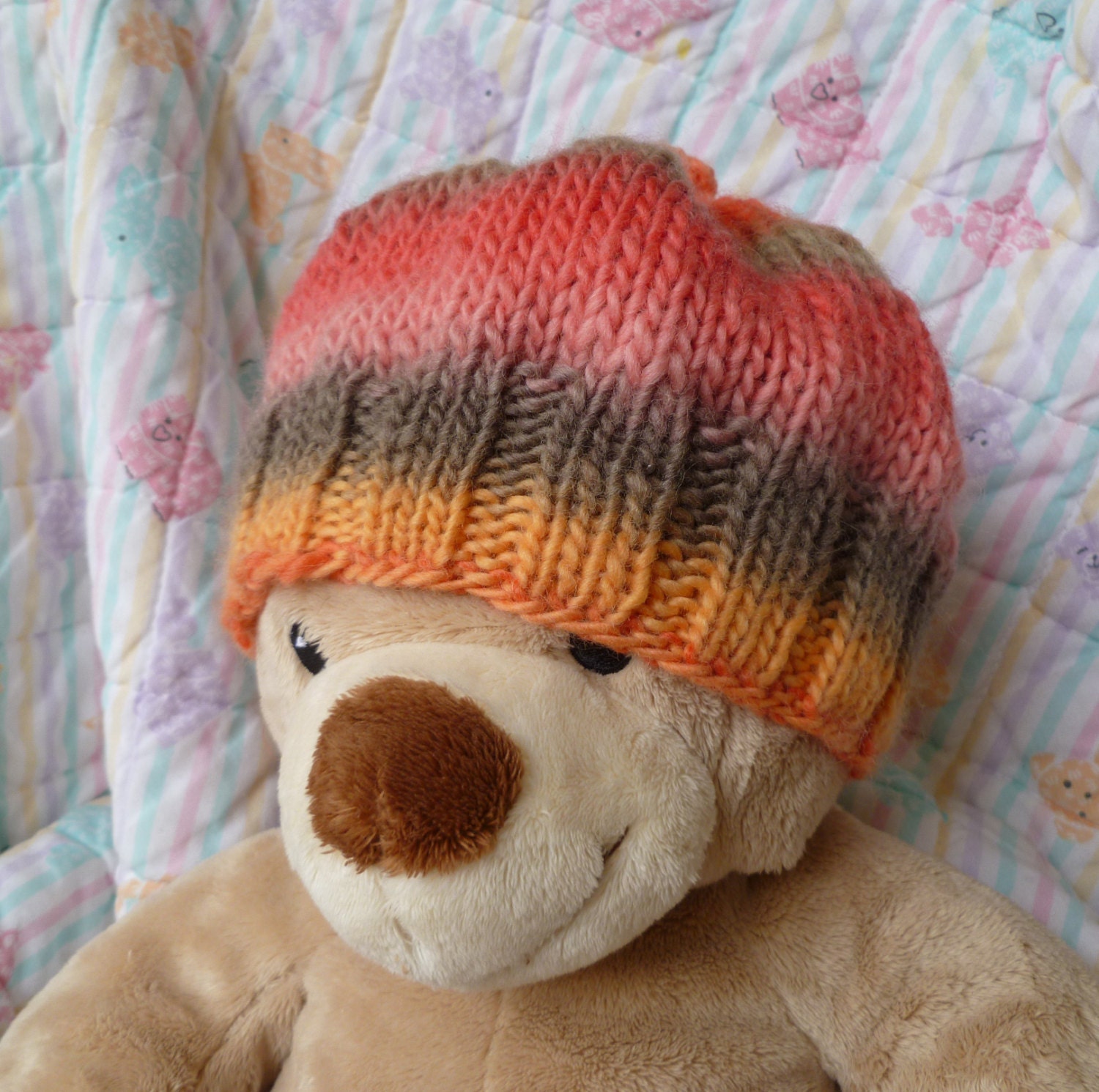In my senior (third) year of internal medicine training, I decided I wanted to be in pulmonary medicine. I loved the physiology of lung function, the intricate anatomy of delicate lung tissue surrounding the bronchial tree, and the range of diseases that affected the lungs. The dual purposes of lung - oxygenation and immune response - are critical to survival.
I worked in the pulmonary division at Hopkins during that last year, helping with research on allergic response by the lungs. I interviewed at my top three choices of pulmonary fellowships, including two in California. The interviews pin-pointed the patient population in the pulmonary division of each institution and the research that dominated their pulmonary labs.
A tangent: It was 1985. Acquired immune deficiency syndrome (AIDS) had been described only four years before and research into the deadly disease proceeded at a furious pace in most major medical institutions in the world. During my residency I had seen many people diagnosed with the syndrome and followed their rapid deterioration to certain death. I knew that in pulmonary medicine I would encounter many more, since the opportunistic infections that plagued these patients included some unique kinds of pneumonia and cancers that affected lung tissue.
The University of California at San Francisco Medical Center and I chose each other and my fate was sealed. I prepared to spend the next few years in San Francisco doing research that involved putting tiny tubes into hamster lungs. The pulmonary clinic and in-patient unit were filled with AIDS patients, so I knew that would affect my experience there, too.
Then I "fooled around and fell in love". Remember that one? Elvin Bishop? My plan changed radically. I turned down the fellowship and found a great community health center where I could work in Chattanooga. I packed my bags in June 1985 and said "good-bye" to research. My friends teased me about coming home. "Will you go to work in overalls?" "Is there a hospital in Chattanooga?" They reminded me that it was rare for a Johns Hopkins resident to choose a career doing nothing but clinical work, although our residency had emphasized time at the bedside and in the clinic, providing patient care. I found a few excuses that served me well, mostly discussing rodents and research, the preponderance of AIDS patients, and the ickiness of pulmonary secretions. Love was too unscientific to be used as a reason for changing plans.
In the end, I got everything I needed. I wound up in a beautiful city with a progressive, well-educated medical community, the failed love produced a fabulous daughter, and my internal medicine career covered a huge range of medical and social concerns with focus on the people, not the lab. I treated all kinds of pulmonary conditions, from Legionnaire's Disease (Legionella pneumonia) to asthma to sarcoidosis. My practice pre-dated hospitalists so I had plenty of opportunity to manage critical care patients. I diagnosed and treated many HIV-positive and AIDS patients and accepted them into my private office a good deal earlier than any of my colleagues. No part of my Hopkins training went unused.
This post is brought to you by my current coughing, feverish, mucus-rich, annual bronchitis.
Wear your hat. It's cold outside.
Peace.

I wish we'd known you when we first moved here in 1986, but then we'd've been devastated when you went out of practice. Such is life...
ReplyDeleteYou prove what I have always taught: Nothing you ever learn is wasted. That's a very positive career history.
ReplyDeleteI hope you feel better soon.